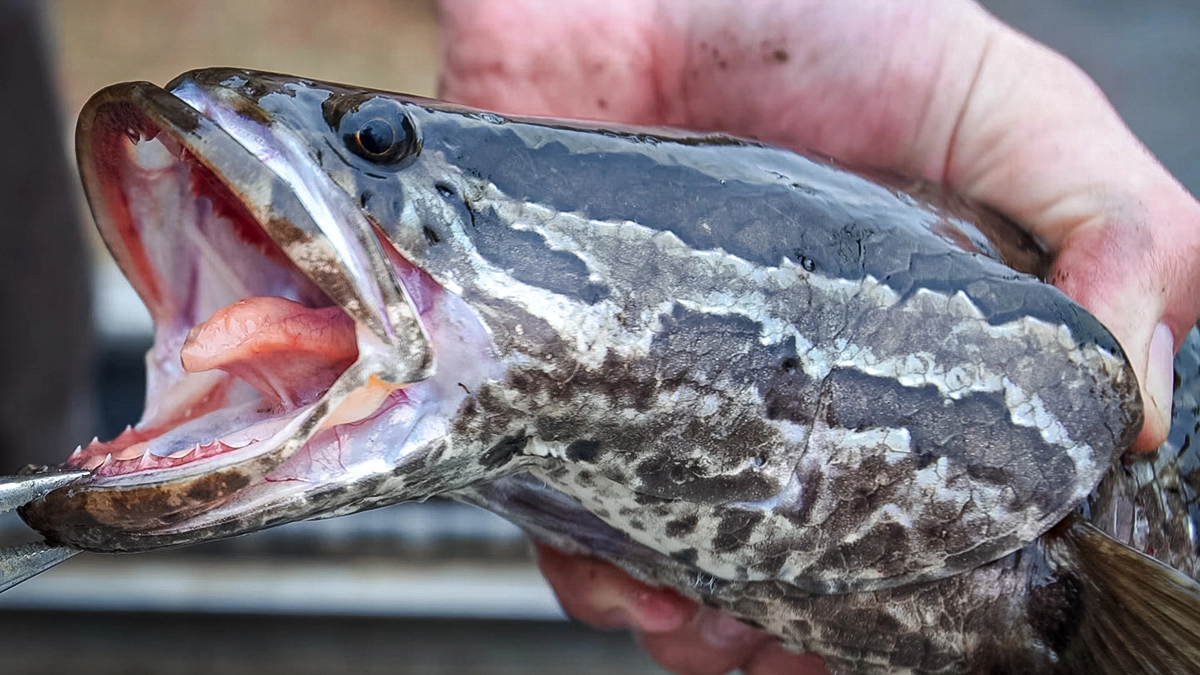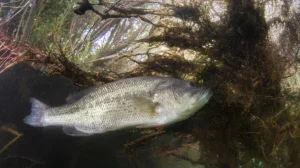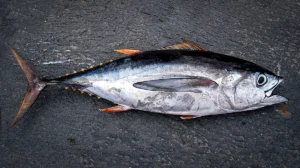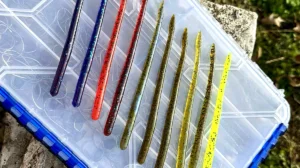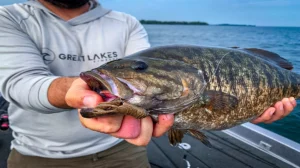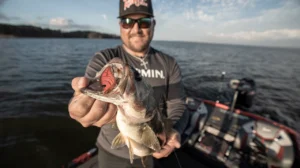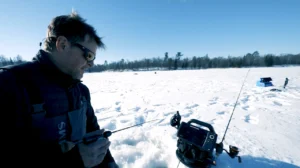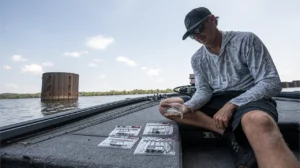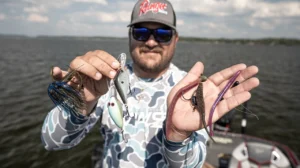There is no fish species more demonized in the United States than the northern snakehead. This highly invasive fish, native to Asia, has been wreaking havoc on American waterways for almost a quarter century since they began to spread from the Northeast — and they’re still spreading. Missouri became the latest victim of the snakehead invasion in the spring of last year.
On May 19, 2024, a confirmed northern snakehead specimen was pulled from the Duck Creek Conservation Area in Wayne County (southeast Missouri). The fish was caught by an angler while he was seining for bait. Several more were found in the region of the state soon after. The first snakehead in Missouri was found in 2019 within the St. Francis River Levees in Dunklin County.

This week, the Missouri Department of Conservation (MDC) issued a release reminding anglers that they must kill any snakehead they catch and that it’s illegal to import, export, sell, purchase, or possess a northern snakehead in the state. Anglers are highly encouraged to report any catches and sightings to the MDC. Under no circumstances should anglers release a snakehead or leave it on the shore, because they can survive for quite a while on land and make their way back to the water.
“This fish is one of Missouri’s newest invasive species threats,” said MDC Invasive Species Ecologist Angela Sokolowski in the release. “They look like native bowfin fish, so it’s important to properly identify. Northern snakehead fish are highly invasive and could reduce populations of the sportfish Missourians love to catch. Anglers can provide us [with] valuable information on the location of this species by reporting captures.”
The region saw its first snakehead in 2008 when they were discovered in the waterways of eastern Arkansas. Since then, the species has been spreading north through the waters of the St. Francis River watershed.
Snakehead Crash Course
There are plenty of anglers in affected states who have come to accept, over the past two decades, that snakeheads are here to stay and have gotten into catching them — because they can be a heck of a lot of fun to fish. But in states where snakeheads have not yet spread, the fear and outright hatred for the species is still quite high.
Northern snakeheads first made their appearance in the U.S. back in the summer of 2002 in Maryland, setting off alarm bells for anyone who cares about maintaining the country’s fisheries, because they reproduce quickly, they target food sources favored by game fish, and they have an uncanny ability to spread.
They’re what’s called a facultative air breather, meaning the fish uses a special organ and a unique ventral aorta that allows it to breathe in water and to also breathe air on land for several days, or in poorly oxygenated water. This means the snakehead can wriggle its way from one body of water to another across dry land. In countries where they are an important food source, this ability to survive out of water and to be introduced so easily to various places where they will likely thrive is hugely important. In the U.S., these traits make them all the more invasive.

The big alarms went off in 2004 when 19 northern snakehead fish were caught in the Potomac River and it was established that they’d been breeding.
Ever since, there have been confirmed and unsubstantiated snakeheads found in New York, New Jersey, Pennsylvania, Virginia, West Virginia, Delaware, Maryland, North Carolina, Arkansas, Mississippi, Florida, and other states. Many states have laws on the books banning the import, export, or possession of snakeheads as a precaution.
The big worry at the moment, on a national scale, is that snakeheads could establish populations in the Great Lakes and seriously disrupt the ecosystem there.
Several states have kill orders on snakeheads, like Missouri now does, including New Jersey, Pennsylvania, and Delaware.
What Missouri Anglers Should Do if They Catch a Snakehead
- Make sure what you caught is a northern snakehead. The invasive fish is easily confused with the native bowfin. The head of a snakehead has a distinctly snake-like appearance (no duh) with a longer anal fin than a bowfin.
- Do not release the fish or throw it on the bank.
- Kill the fish by severing the head, gutting it, or placing it in a sealed plastic bag.
- Photograph the fish so it can positively identified as a snakehead
- Note the location of the catch
- Report any catches and sightings of the fish to MDC’s Southeast Regional Office at 573-290-5730, or online.
